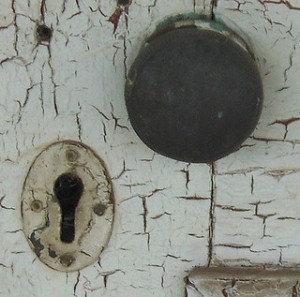In the first of a new series, we talk with Michael LeVan, editor in chief of Liminalities: A Journal of Performance Studies. Dr. LeVan shares his advice for best practices for authors submitting work to academic journals.
I’d say that there a few common mistakes I’ve seen over the past decade at Liminalities, especially with graduate students and early career scholars. In many cases these can be avoided by having the intended submission vetted by a trusted mentor (like an advisor in grad school or an established researcher in your first faculty position). They can help a lot, but you have to ask them. Even though you know they are busy with other things. But if they are successful, someone probably helped them early on. Having your peers review your work is often helpful for your esteem, but they usually are not seasoned enough themselves to know the big differences between writing seminar papers and writing journal articles.
One common mistake I see is authors making big claims that are not supported by the arguments and examples. I think many times we have a hunch about a big idea and we really need to spend our tenure-seeking years articulating and working on that question. My advisor liked to tell people that the dissertation, for example, was your first word, not your only word. Worry about being consistent, clear, and rigorous on a small observation rather than trying to part the clouds.
Another mistake that is pretty specific to Liminalities is when I get an essay from a graduate student who is writing about his or her full-length show. It is difficult enough to do a thorough critical analysis of a performance (or other aesthetic text) by someone else. It is exponentially harder to do this when it is your own text being analyzed. All they see is their own brilliance that comes from a thousand tendrils of tenuous connections to other ideas. Teasing out those connections in concert with vivid descriptions usually gets lost by the wayside and you end up with another case of heavy claims with light support. Rather than writing about your brilliant show, write about the insights into a research question that you learned from the process of doing your show. Of course, now with multimedia journals, you can submit the aesthetic text itself as a form of research, maybe including an artist statement that frames the motivating question(s).
Another mistake I’ll mention in essays is having a stinker of a conclusion. The conclusion is what you are writing toward, what you are leading the readers to, and where you can show the readers why your work was worth reading. This is where you can connect to bigger questions that your modest article exposes. Often, it feels like authors just stop at the end of their observations and say, “Ta-da! See? See?” Tell us what we should see, and this will want to make us read your next essay.
The final mistake that I’ll mention is doing too much exegesis of some theorist and too little analysis of the thing that your scholarship is supposed to be about (be it a text, an object, a discourse, or whatever). Of course, doing exegesis is important to showing your professors that you understand what’s going on in difficult texts, and the best graduate students excel at this kind of writing. But readers of scholarship want you to already know (and know you know) that stuff so that you can get to the interesting work of applying it, expending it, or arguing against it in terms of some tangible examples.







 Creative Commons photo by Michael Coghlan
Creative Commons photo by Michael Coghlan 
